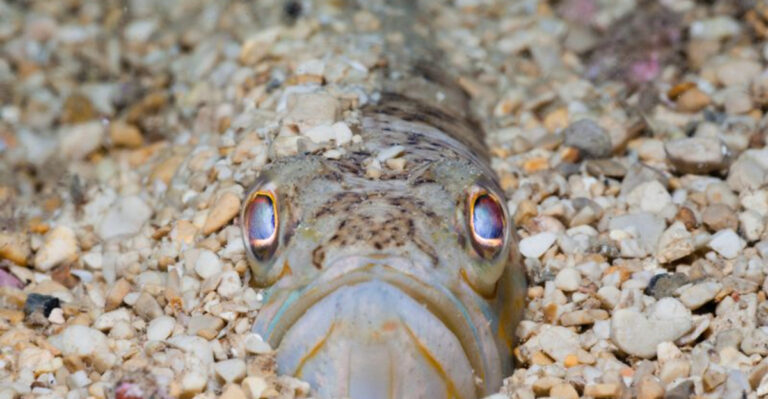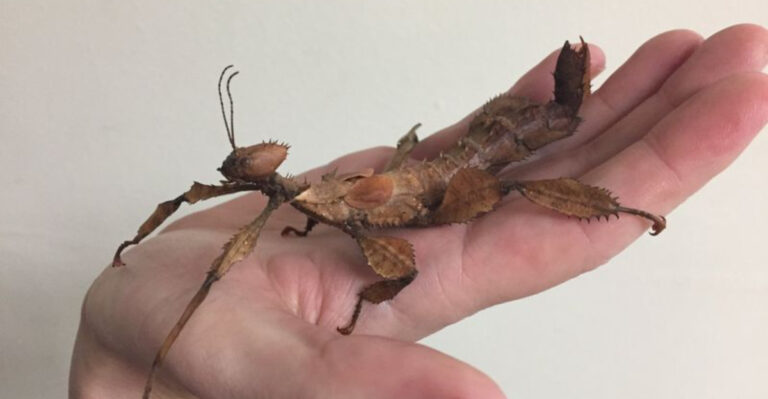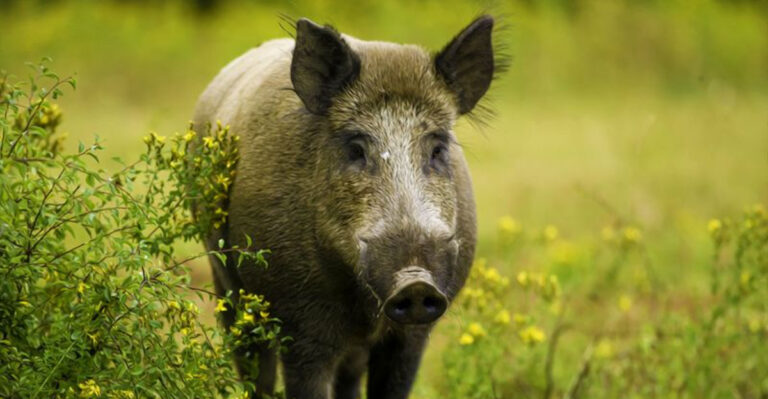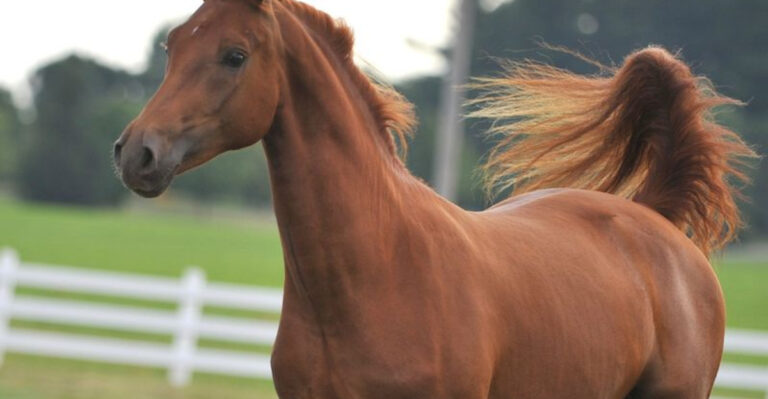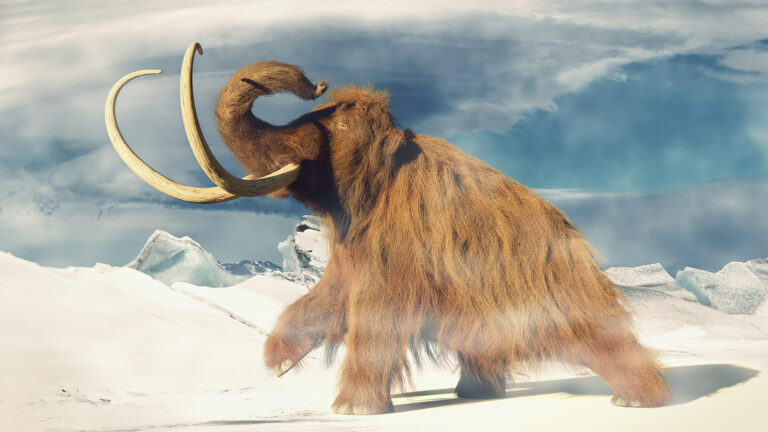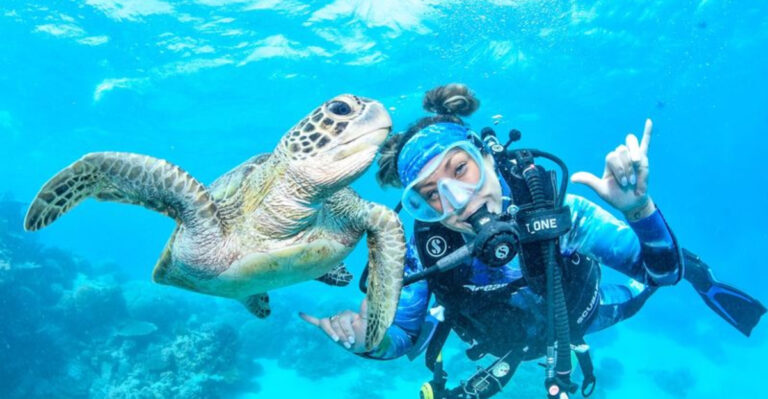16 Animals That Abandon Their Offspring At Birth
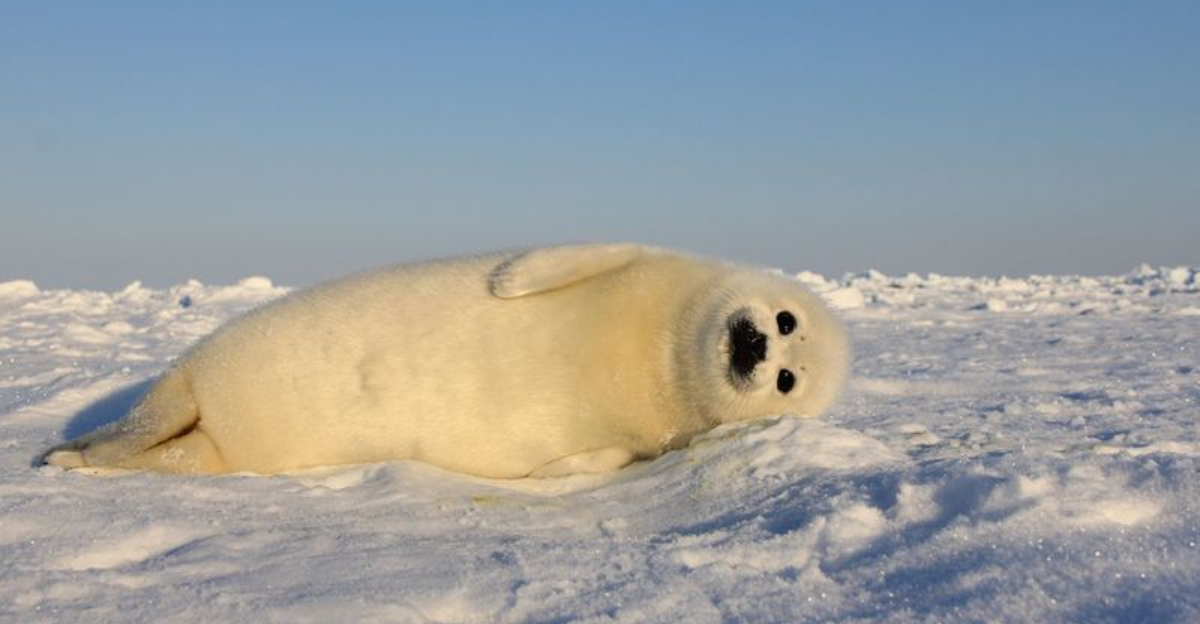
In the animal kingdom, parenting styles vary wildly. Some creatures fiercely guard their young, while others take a more laissez-faire approach, leaving their offspring to fend for themselves right from the get-go.
Here’s a captivating look into 16 animals that, surprisingly, choose the latter path, embracing a strategy where survival hinges on independence from the start.
1. Cuckoo Bird
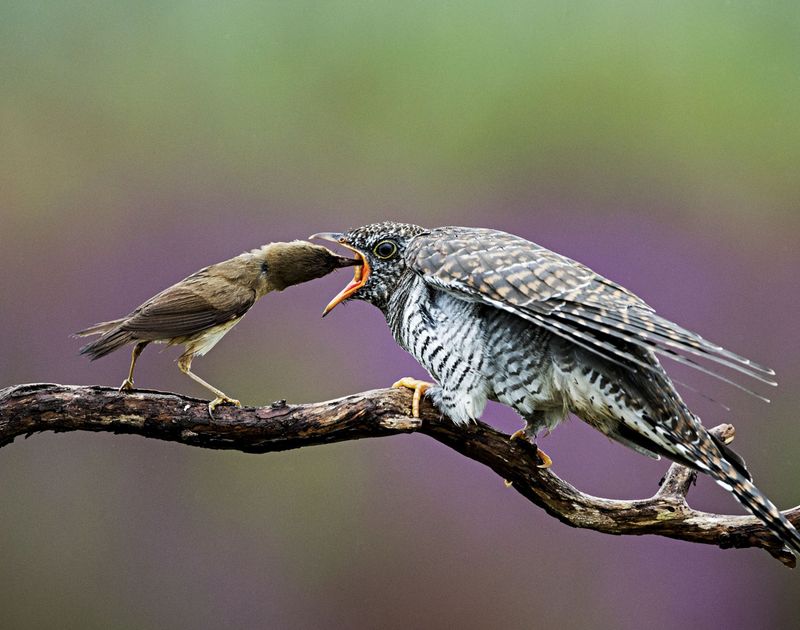
Imagine having siblings you never meet! Cuckoos are famous for laying eggs in other birds’ nests. They skip parenting duties entirely, leaving the unsuspecting foster parents to do the hard work.
This tactic is not just sneaky; it’s a brilliant survival strategy that ensures their offspring get undivided attention and resources. Clever, right?
2. Sea Turtle
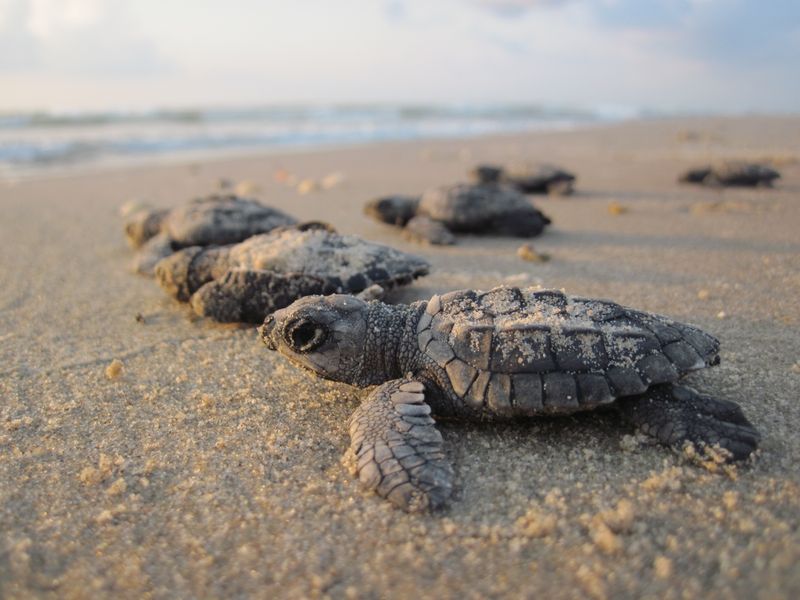
Picture a hundred tiny turtles scrambling to the sea under the moonlight. Sea turtles lay eggs on sandy beaches and then head back to the ocean, leaving hatchlings to face predators alone.
This mass hatching strategy helps ensure that some will make it to the safety of the sea. Nature’s gamble at its finest!
3. Panda
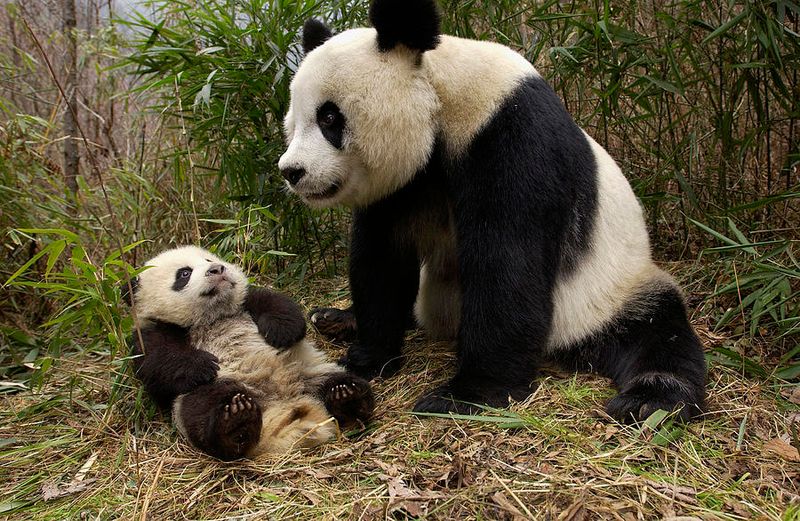
Pandas might look like cuddly giants, but mother pandas often abandon one twin if she gives birth to two. It’s a harsh reality where the mother’s resources are concentrated on a single cub to maximize survival odds. This drastic decision is about ensuring the survival of at least one offspring in the wild.
4. Harp Seal
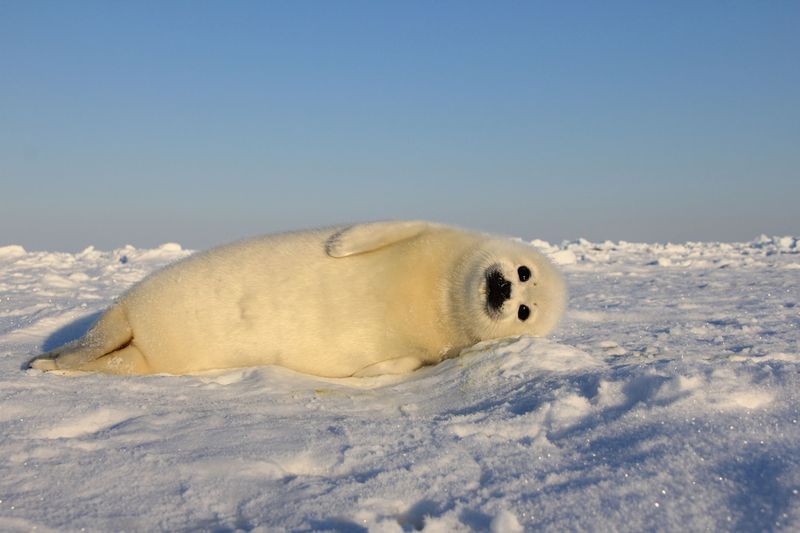
Ever seen a baby seal on its own? Harp seals leave their young after just 12 days. The pups are left to fend for themselves in the icy environment, relying on their blubber and instincts for survival. It’s a chilly world out there, but these little guys are built for resilience!
5. Black Eagle
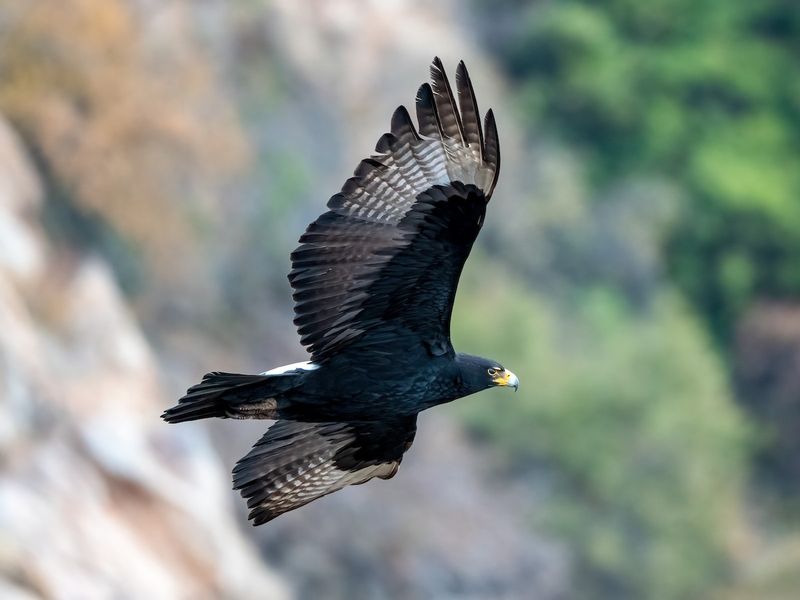
Sibling rivalry takes an extreme turn in the black eagle’s nest. The parents often allow the stronger chick to eliminate the weaker one. This rugged approach means only the fittest survives, ensuring resources are not wasted on offspring unlikely to thrive. Nature’s way of playing tough love.
6. European Rabbit
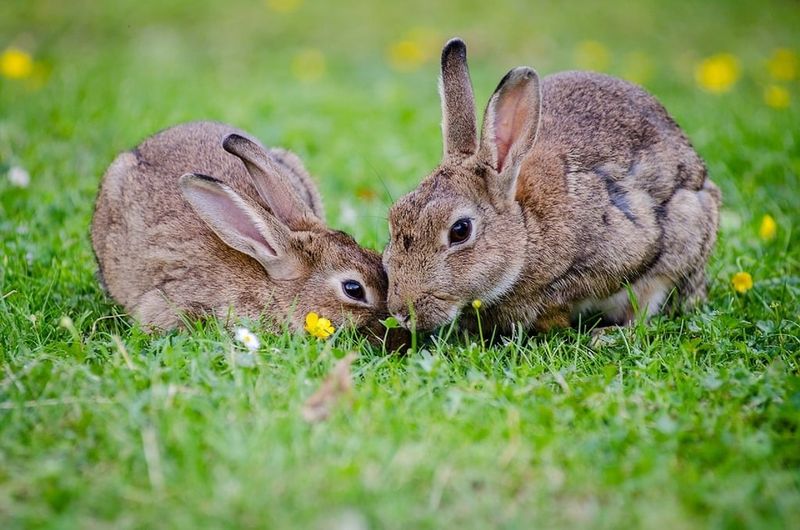
These rabbits are known for their rapid reproduction. However, if food is scarce, mothers may abandon their young, prioritizing their own survival and future litters. It’s a tough call, but it reflects the harsh realities of nature where survival sometimes means making hard choices for the future.
7. Octopus
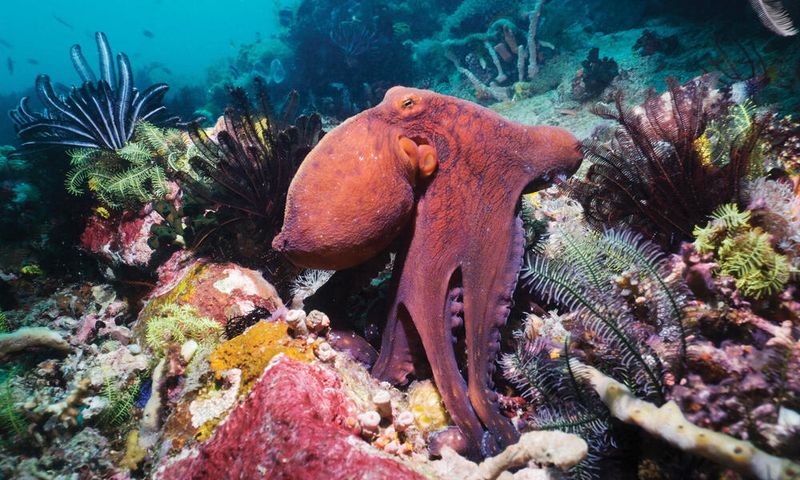
Mother octopuses are the ultimate sacrifice makers. After laying thousands of eggs, they guard them without eating until they hatch. Once they do, the mother dies, leaving the tiny octopuses to face the ocean alone. It’s a bittersweet end that ensures the next generation starts without parental guidance.
8. Common Lizard
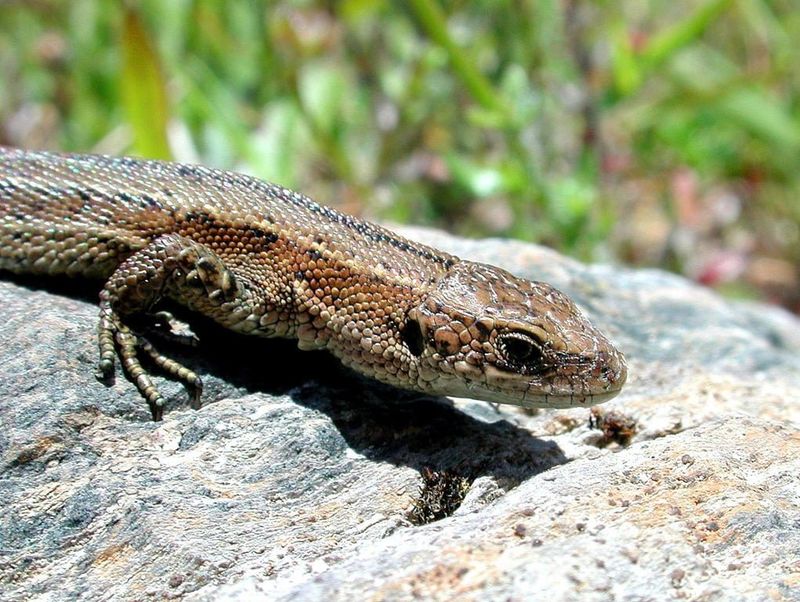
Lizards are often seen sunbathing solo. Many lay eggs and leave them, relying on warmth and environmental conditions for incubation. This hands-off parenting means the hatchlings must adapt quickly to survive. It’s a life lesson in independence from the very start, courtesy of Mother Nature.
9. Hedgehog
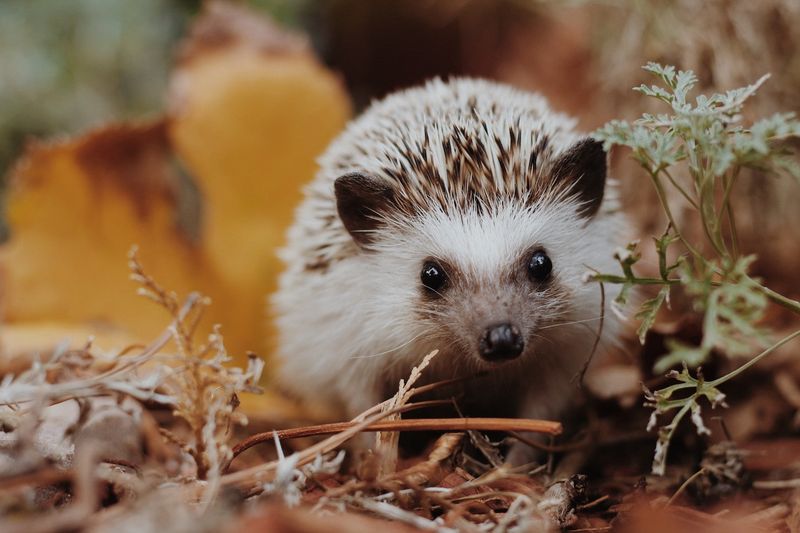
Cute but oh-so-prickly, hedgehogs sometimes abandon their young if disturbed or threatened. This puts the offspring at risk, but also ensures that the mother can survive to reproduce another day. It’s a spiny balancing act between risk and survival, where the stakes are high and instincts rule.
10. Snapping Turtle
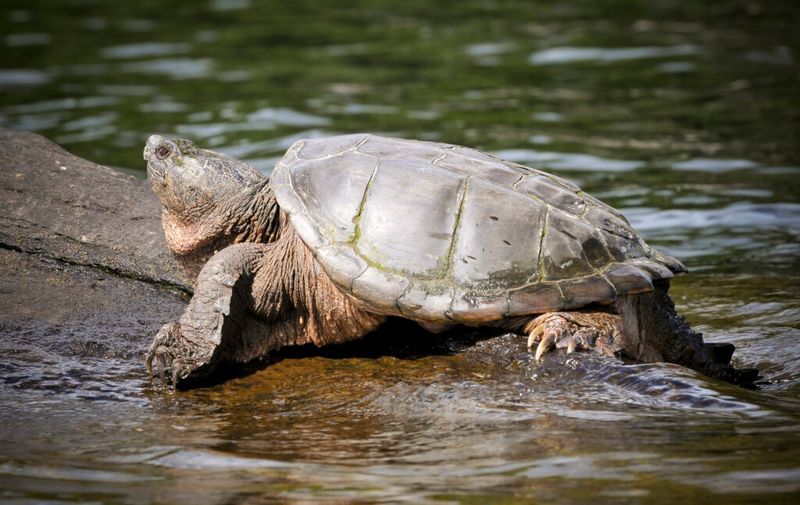
Snap! These turtles lay eggs in nests dug out in the sand and vanish. The hatchlings are on their own from the second they crack their shells, instinctively heading to water. It’s a hard start, but these little troopers are born ready, armed with a natural toughness from day one.
11. Koala
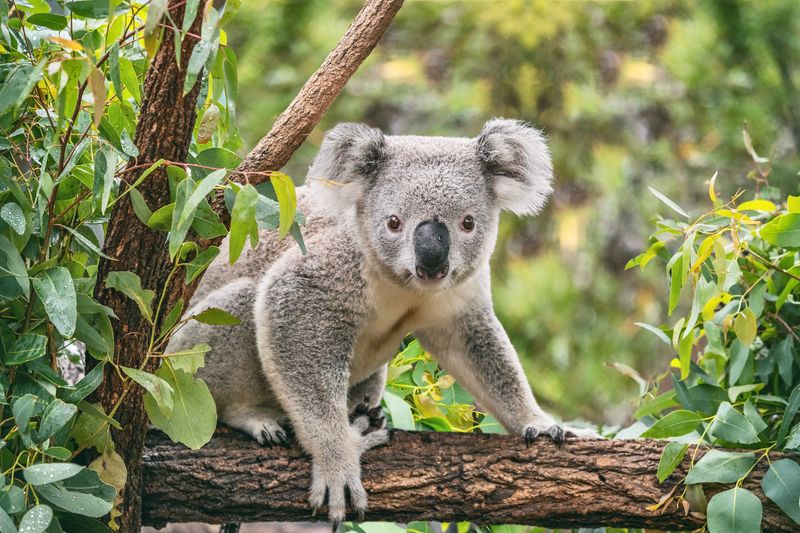
Koalas are known for being lovable tree huggers, but mothers will abandon older joeys if food is scarce. This ensures that the survival of the younger, more dependent offspring is prioritized. It’s a tricky situation where tough choices must be made amidst the treetops of their eucalyptus homes.
12. Golden Eagle
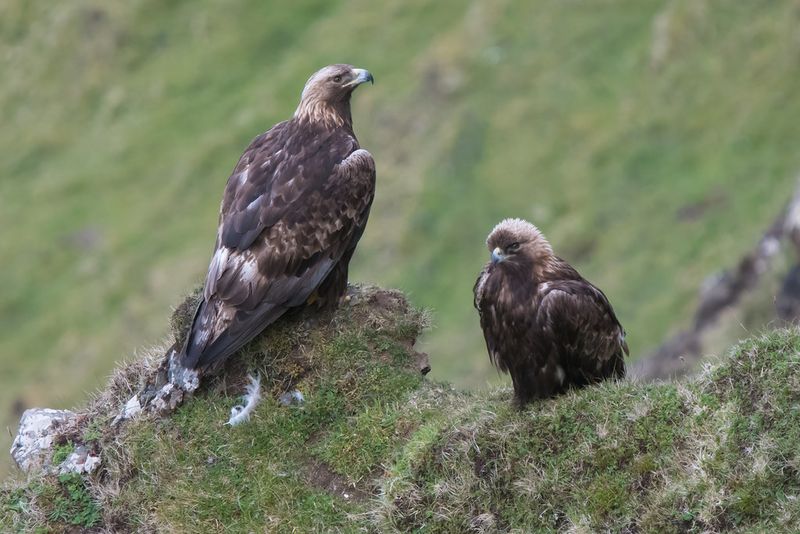
Majestic hunters, golden eagles sometimes encourage fierce sibling rivalry. The stronger chick may dominate and even kill the weaker sibling, all under the watchful eyes of the parents. This aggressive survival tactic ensures that only the most resilient young survive to soar in the skies.
13. Salmon
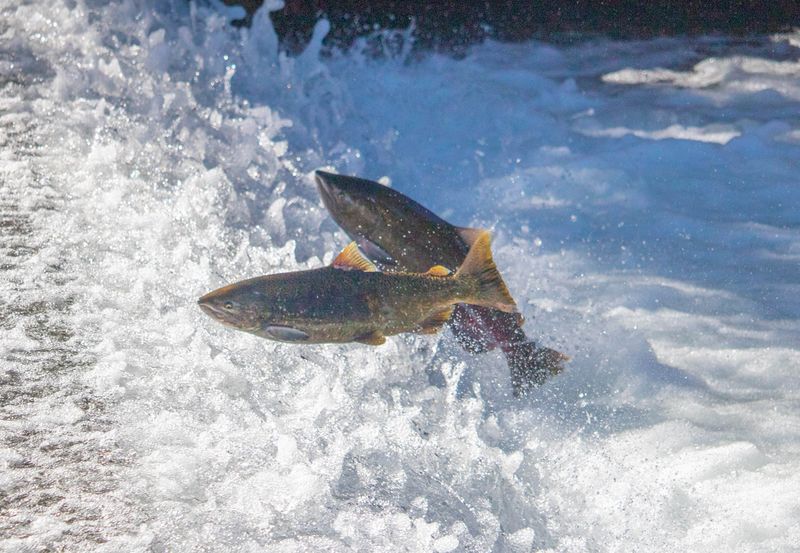
After an epic journey upstream, salmon lay their eggs and then die, leaving their young to hatch alone. The nutrients from the decomposing parents enrich the riverbed, providing a rich environment for the fry to grow. It’s a cycle of life that comes full circle in the currents of the river.
14. Crocodile
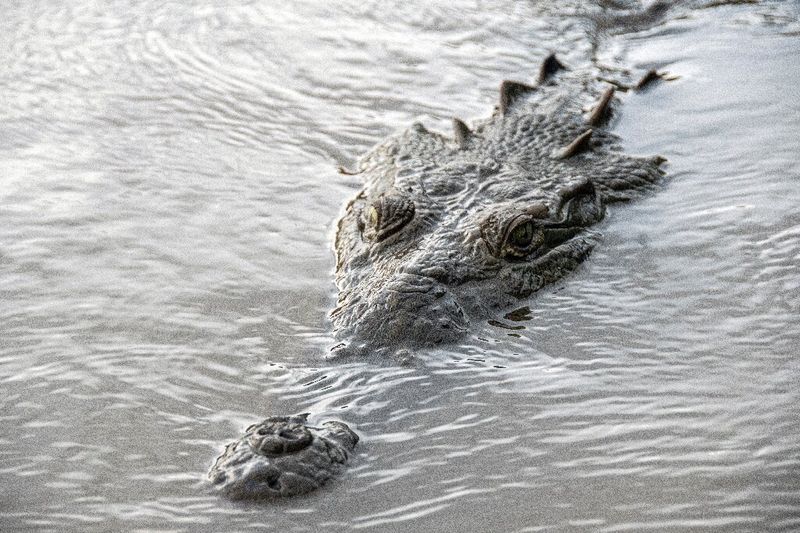
Crocodiles lay eggs in nests and watch over them until hatching. However, once the hatchlings are ready, they are left to explore the world by themselves. These reptiles come into the world equipped with instincts and resilience, ready to navigate the murky waters of their habitats.
15. Emperor Penguin
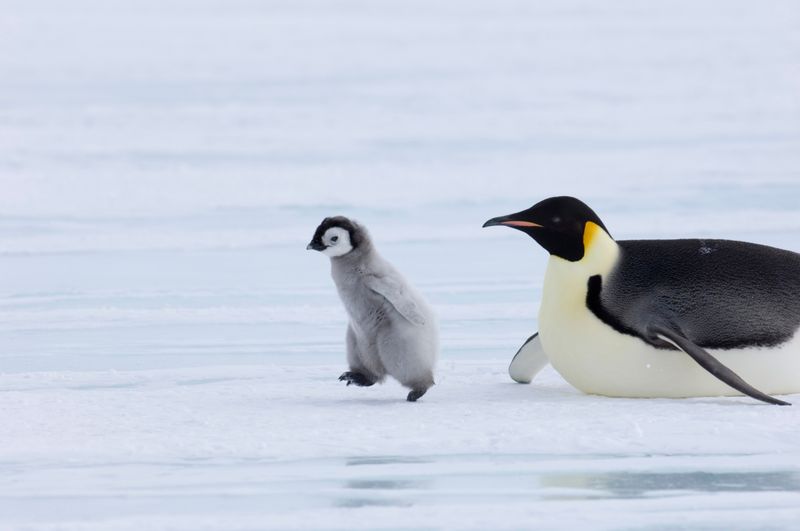
Life in the Antarctic is no walk in the park. Emperor penguins sometimes abandon chicks if conditions are dire. This sounds cold, but it ensures that the breeding adult survives the harsh winter to possibly raise another chick in better conditions. It’s survival of the species in extreme environments.
16. Squid
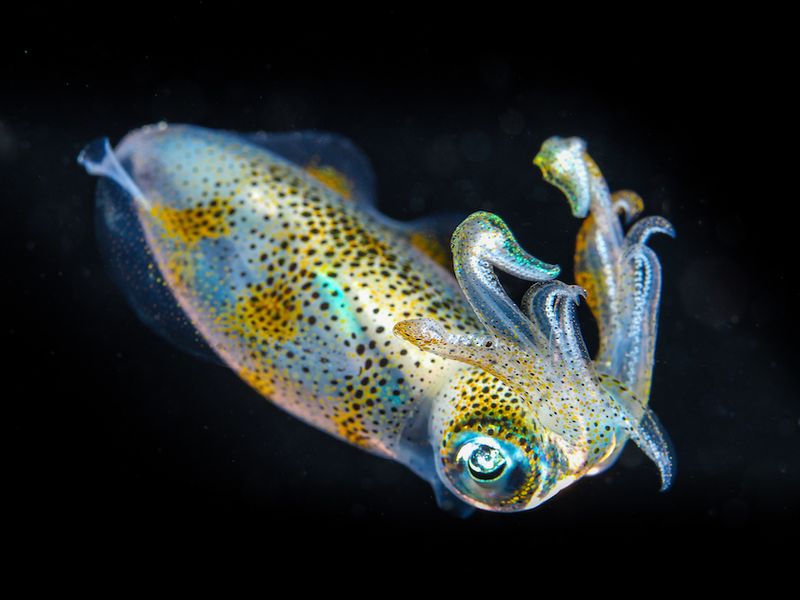
Squid mothers lay their eggs in clusters and then disappear, leaving the little ones to hatch and fend for themselves. It’s a world of oceanic challenges awaiting these newcomers, but their rapid growth and keen instincts help them navigate the vast waters. It’s independence from the first swim!

